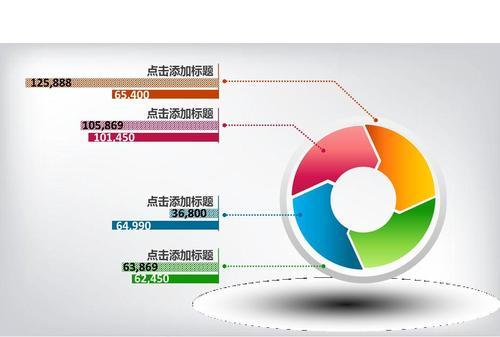并列关系是英语语法中连接相似或相关词、短语或句子的重要方式。主要有递进型、转折型和选择型三种类型。理解并列关系对于正确使用英语语法和表达意思至关重要。

基本概念
并列关系是指连接两个或多个相似或相关的词、短语或句子的语法关系。常用的并列关系连接词有:and、or、but、so等。并列关系的基本结构是:A [连接词] B。其中,A和B可以是单词、短语或句子。
下面是几个例子:
- I like to read books and watch movies.
- He is tired but he still wants to go for a run.
- You can choose to walk or take the bus to the train station.
不同类型的并列关系
递进型并列关系
递进型并列关系用于连接两个内容相似的句子,表示前一个句子是后一个句子的补充、加强或进一步解释。
例如:
- She is not only kind, but also intelligent.
- He not only likes to play basketball, but also enjoys watching games on TV.
转折型并列关系
转折型并列关系用于连接两个相反或矛盾的句子,表示前一个句子与后一个句子存在对立关系。
例如:
- She is very smart, but sometimes she makes careless mistakes.
- He wanted to go out tonight, but he has too much work to do.
选择型并列关系
选择型并列关系用于连接两个互相排斥的句子,表示前一个句子与后一个句子是互相排斥的选项。
例如:
- You can either go to the beach or stay at home and watch TV.
- He can have either pizza or pasta for dinner.

